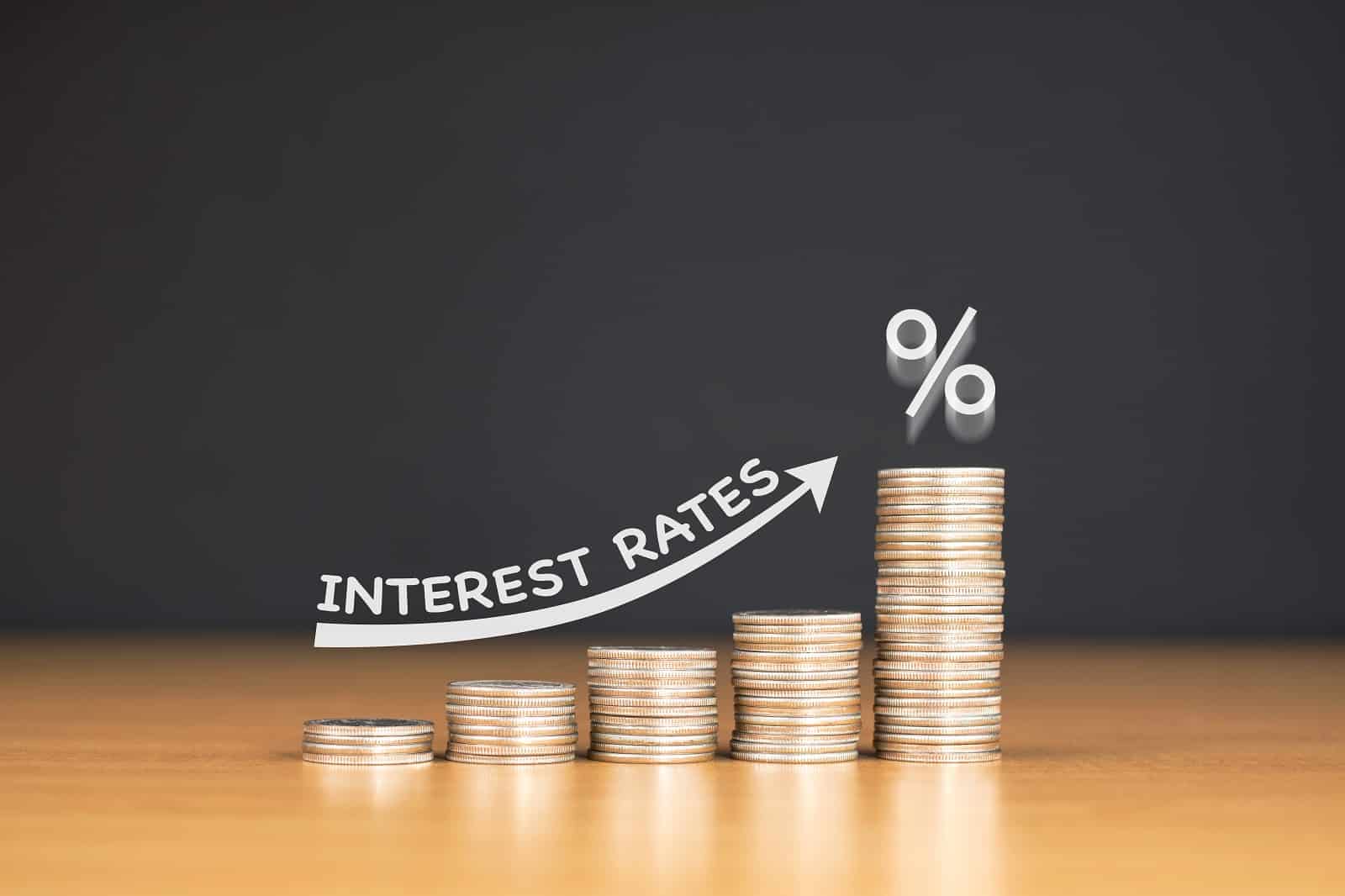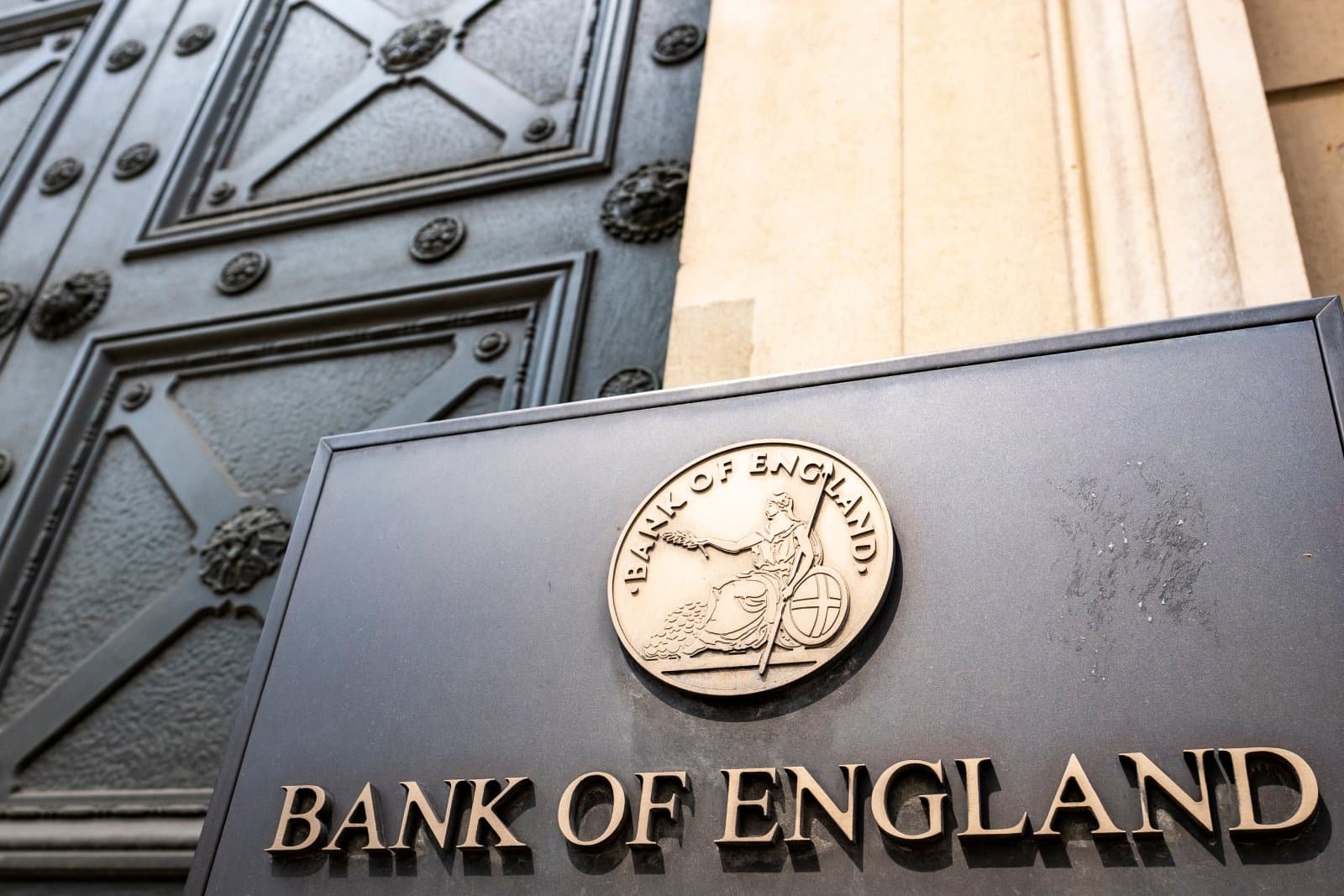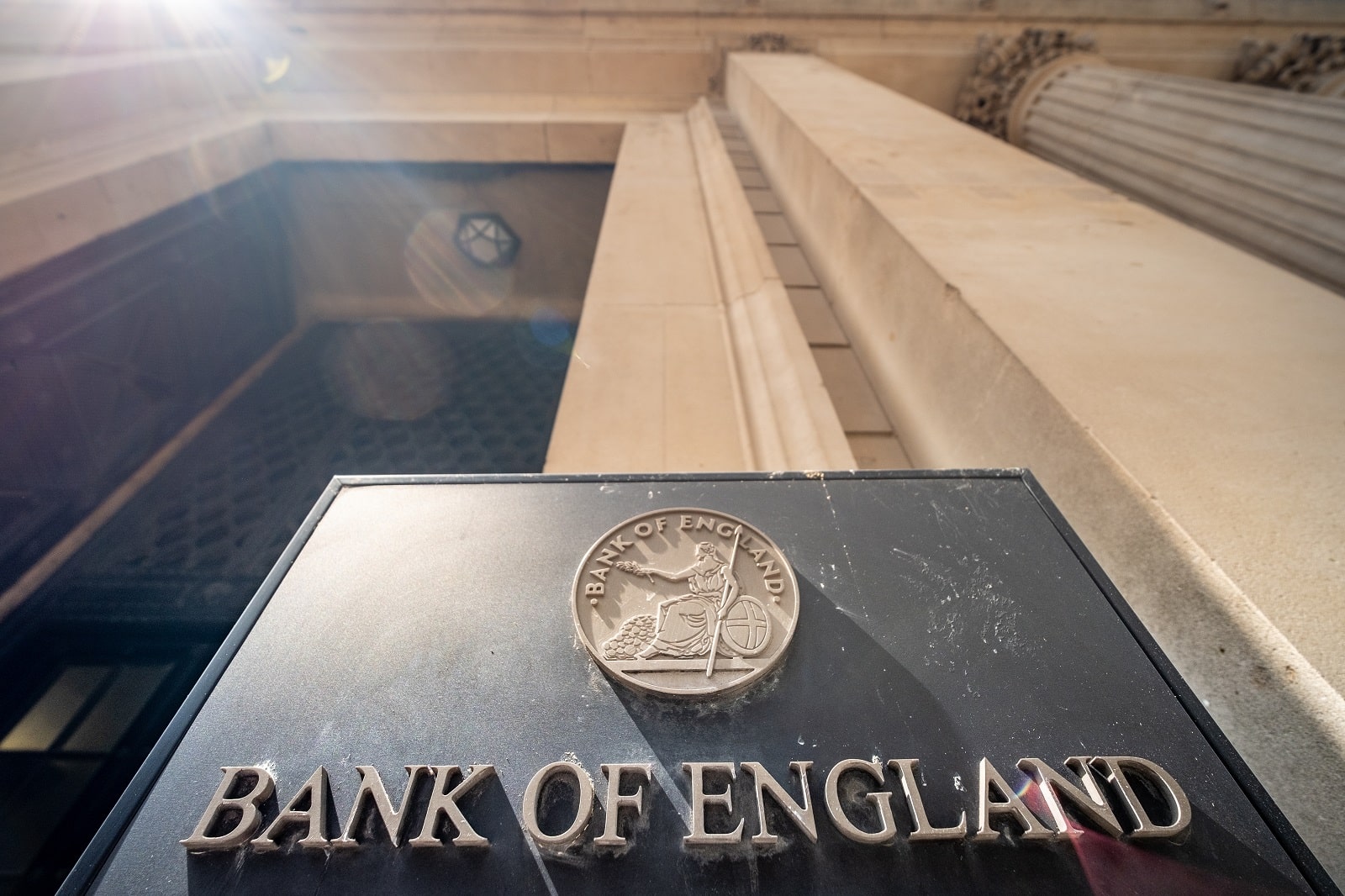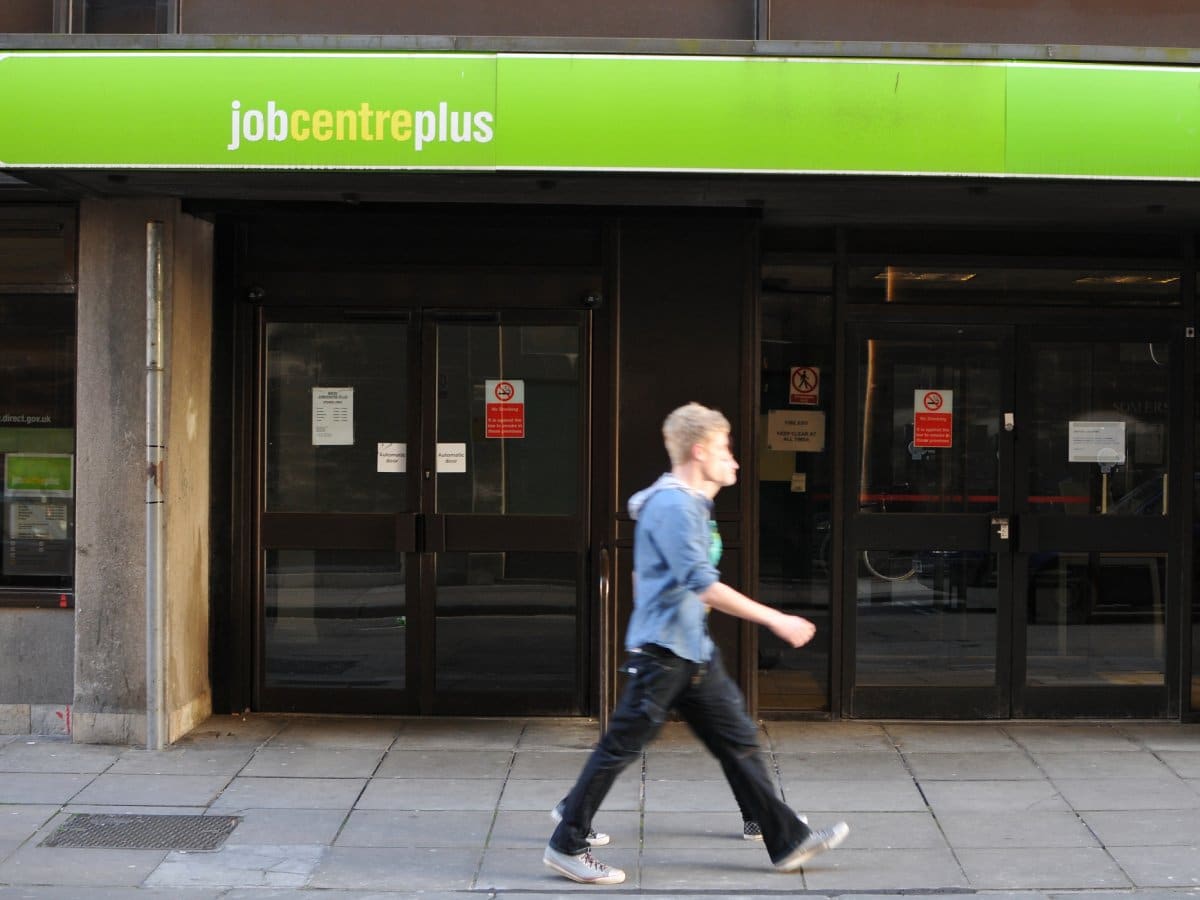The UK’s unemployment rate has made a negative jump from 3,9% to 4,2% in the last three months, according to The Office for National Statistics (ONS).
Economists Got It Wrong

Economists had speculated that a 4% rise may be on the cards, but this came in well ahead of their expectations.
Self-Employed Causing a Problem

ONS Director of Economic Statistics, Darren Morgan, said in a post on X that the decline in unemployment has been “driven by falls among men and the self-employed.”
High-Interest Rates a Catalyst

Many have blamed the higher interest rates, leading to fewer hiring pools and more redundancies.
Sick and Lazy Leads to Inactive

Unemployment is driven by economic inactivity, with students dominating as they are not seeking work and a record high of 2,8 million people deemed economically inactive due to long-term sickness.
Jobless After the Pandemic

A further 850,000 working-aged persons find themselves jobless than before the pandemic due to a lack of job seeking or inability to start.
We Don’t Want to Work

The scariest number remains those in the economic inactivity bracket, as this is where those who aren’t seeking work are placed, and it is higher now than it was during the pandemic.
UK Is ”Sick and Poor”

Ben Harrison, the director of the Work Foundation at Lancaster University, hit the nail on the head by describing the UK workforce as “sicker and poorer.”
UK Has Rising Wages

The positive side is that the UK’s wages have seen a rise of 7,8%, excluding bonuses, while the inflation rate is 6,8%.
Wage Growth at 8,5%

If you factor in the bonuses, wage growth stands at 8.5%, meaning the pay rise is higher than the inflation rate, and thus, households should be able to function efficiently.
Monthly Salary at an All-Time High

The UK’s median monthly salary stands at £2,260, with wages 21 4% higher than in February 2020 and has increased 6,7% since last year alone.
Timing of Interest Cut Left Undecided

With the rising unemployment rate, it leaves a question mark about when to cut the interest rate that was scheduled for the second half of the year.
Bank of England Reliant on Wage Rise

The Bank of England uses wage growth as a pinnacle decider on whether to cut interest rates because it affects inflation.
Inflation Rate Cooling Off

The inflation rate has been easing, though, down from an all-time high of 11.1% reached in October 2022.
Highest Unemployment Rate Yet

Economists have speculated that the data stipulating the highest unemployment rate in six months could prompt the Bank of England to cut interest rates as proposed.
Cut Set for Summer

Chief economist Yeal Selfin at KPMG UK stated, “Easing pressure in the labour market keeps the Bank on track for a summer rate cut.”
Target Inflation Rate Set at 2%

The Bank of England aims to keep the inflation rate at 2%. However, if the wages keep rising, there remains a risk that inflation could get even higher.
UK Part of the G7

The UK is part of the intergovernmental organisation, the G7, which boasts countries with major advanced economies.
UK Is a Failing G7 Member

However, the UK is the only G7 country where unemployment remains lower than pre-pandemic levels.
More Articles Like This…
Broken Britain: 12 Reasons Behind the UK’s Decline
Say the Unsayable: 10 Occasions When Farage Spoke His Mind About Britain
The post Staggering Hike in UK’s Unemployment Goes Against Predictions first appeared on Edge Media.
Featured Image Credit: Shutterstock / 1000 Words.

